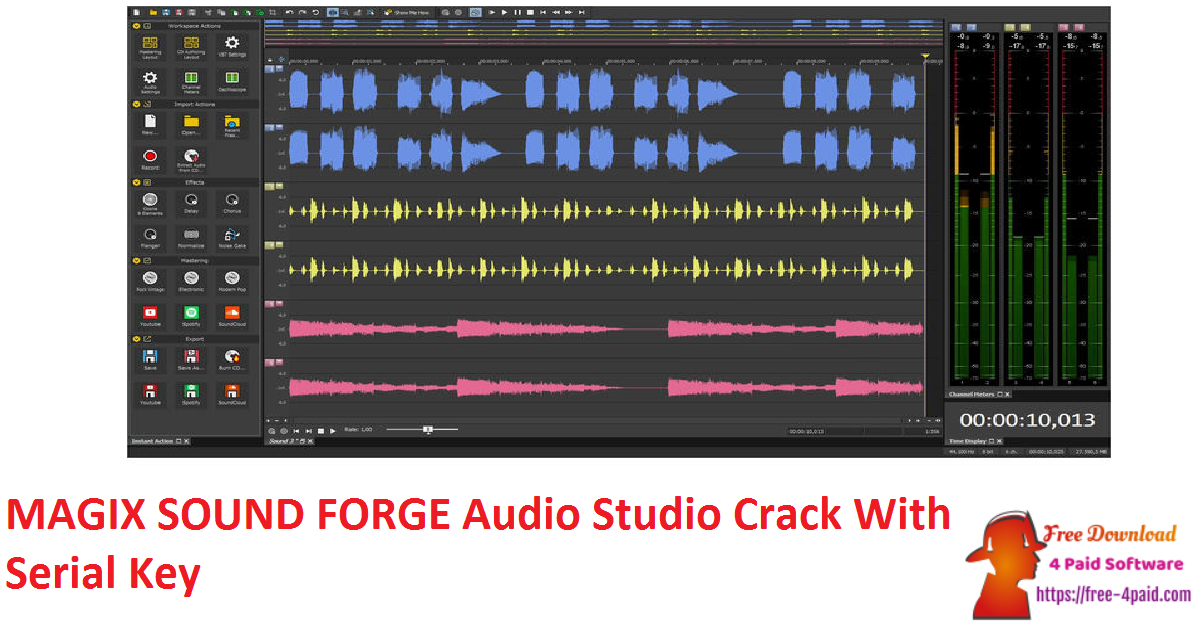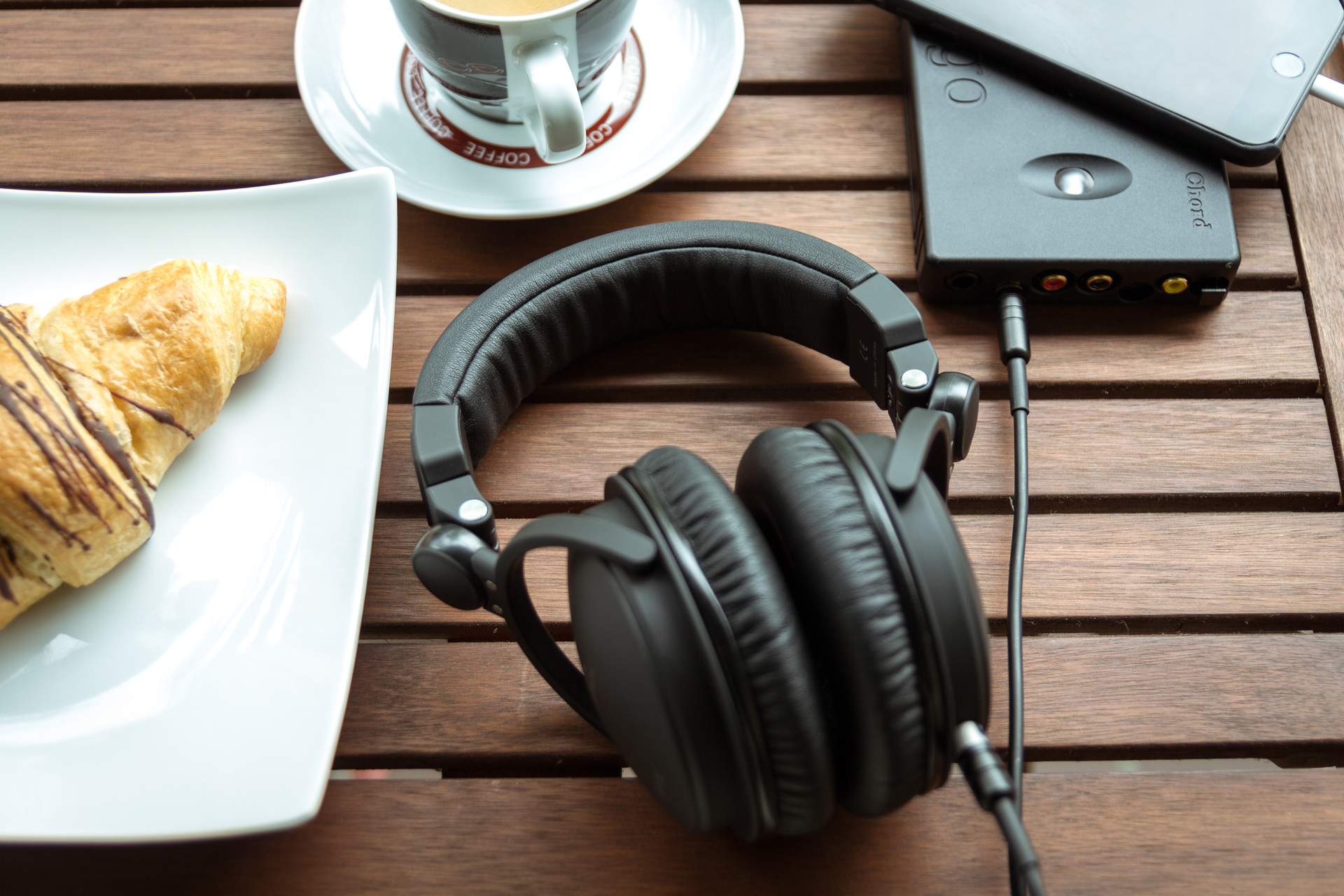

Sakamoto, a former student of electronic music composition at the Tokyo National University of Fine Art, brought with him a deep love of German groups such as Kraftwerk and Neu!, bands who’d responded to the post-war Americanisation of their own culture by creating a new sound disconnected from that past. Recruited to help were classically trained session keyboardist Ryuichi Sakamoto and drummer Yukihiro Takahashi. His next idea was for “an international disco band” – a Japanese product that could be successfully exported overseas. His first option was to reappropriate the fake Asian exotica of Martin Denny, and make it sound authentically ‘Japanese’. The group split and Hosono realised a new sound was required. The sessions were fractious, complete with a drunken argument about Pearl Harbour, and the resultant album was steeped in a languorous melancholy reflecting Hosono’s disenchantment with both the Western perception of Japan and his own vision of America. Parks, then working on his baroque calypso travelogue Discover America, refused to help until he saw the group’s suitcase full of money.

The group, Beach Boys obsessives thanks to the West Coast tastes of founder member Haruomi Hosono, had come seeking “that California Sound”. In 1973, Japanese folk rock group Happy End arrived at Los Angeles’ Sunset Sound Studios asking to meet Van Dyke Parks.


 0 kommentar(er)
0 kommentar(er)
